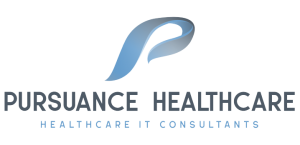Healthcare Analytics
Data is an important part of healthcare decision-making. Analytics must be used to translate raw data into a meaningful manner. It is hard to monitor hospital spending or improve patient care without healthcare data analytics.
Electronic health records (EHRs), medical imaging, medications, wearables, and medical devices are all sources of healthcare data. Current and historical data are used in healthcare analytics to acquire insights and improve decision-making
Service Quality
Data is available in real-time: Real-time insight helps hospitals rapidly identify invoicing errors. Without spend data analytics, cost analysis may be based on outdated information, overlooking significant cost savings.
Understanding “small data” Small data is defined as “data in a volume and format that makes it accessible, informative and actionable.’’ Data analytics helps to access that data.
Transforming your supply chain: Supply chain accounts for up to 45% of your hospital’s total costs. Actionable data can help save money within your supply chain by accounting costs to patient outcomes.
An end to data silos: Many hospitals have disparate systems and operate in data silos. This makes it challenging to gather all the available data into a single source. Issues such as legacy systems, new technology, reporting requirements, system upgrades, and interface problems make it more difficult to employ best practices in data analytics.

